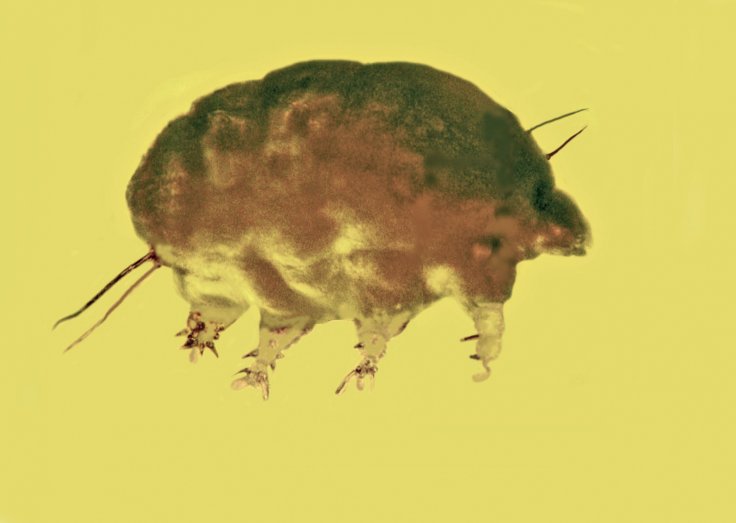
A new group of microinvertebrate, which used to live on earth 30 million years ago, specifically from the mid-Tertiary period, was recently discovered from fossils preserved in Dominican amber for thousands of years.
George Poinar Jr. of Oregon State University's College of Science provided a rare look at until unknown and unique clade of invertebrates. Details of its fungal food source and other animals that lived in their habitat were also revealed.
The researcher named this animal "mold pigs" for their resemblance to swine and their diet but scientifically, they are called Sialomorpha Dominicana, from the Greek words for fat hog (sialos) and shape (morphe).
The study author Poinar said that every now and then small, fragile, previously unknown fossil invertebrates in specialized habitats are found but occasionally "as in the present case, a fragment of the original habitat from millions of years ago is preserved too...The mold pigs can't be placed in any group of currently existing invertebrates – they share characteristics with both tardigrades, sometimes referred to as water bears or moss pigs, and mites but clearly belong to neither group."
He mentioned in a statement that a large number of fossils have given additional evidence of their biology as well as reproductive behaviour, developmental stages and food.
"There is no extant group that these fossils fit into, and we have no knowledge of any of their descendants living today. This discovery shows that unique lineages were surviving in the mid-Tertiary," Poinar further added.
As per the recent findings, these unique ancient animals were about 100 micrometres long with flexible heads and four pairs of legs. The research claimed that most probably it grew by shedding their exoskeleton and primarily fed fungi, as well as other small invertebrates.
Poinar couldn't find any claws at the end of their legs as they are with tardigrades and mites. He said, "Based on what we know about extant and extinct microinvertebrates, S. dominicana appears to represent a new phylum.
"The structure and developmental patterns of these fossils illustrate a time period when certain traits appeared among these types of animals.
But the researchers don't when the Sialomorpha lineage originated and how long it lasted. They are also looking for answers of whether there are descendants living today or not.
The recent findings were published in Invertebrate Biology.









